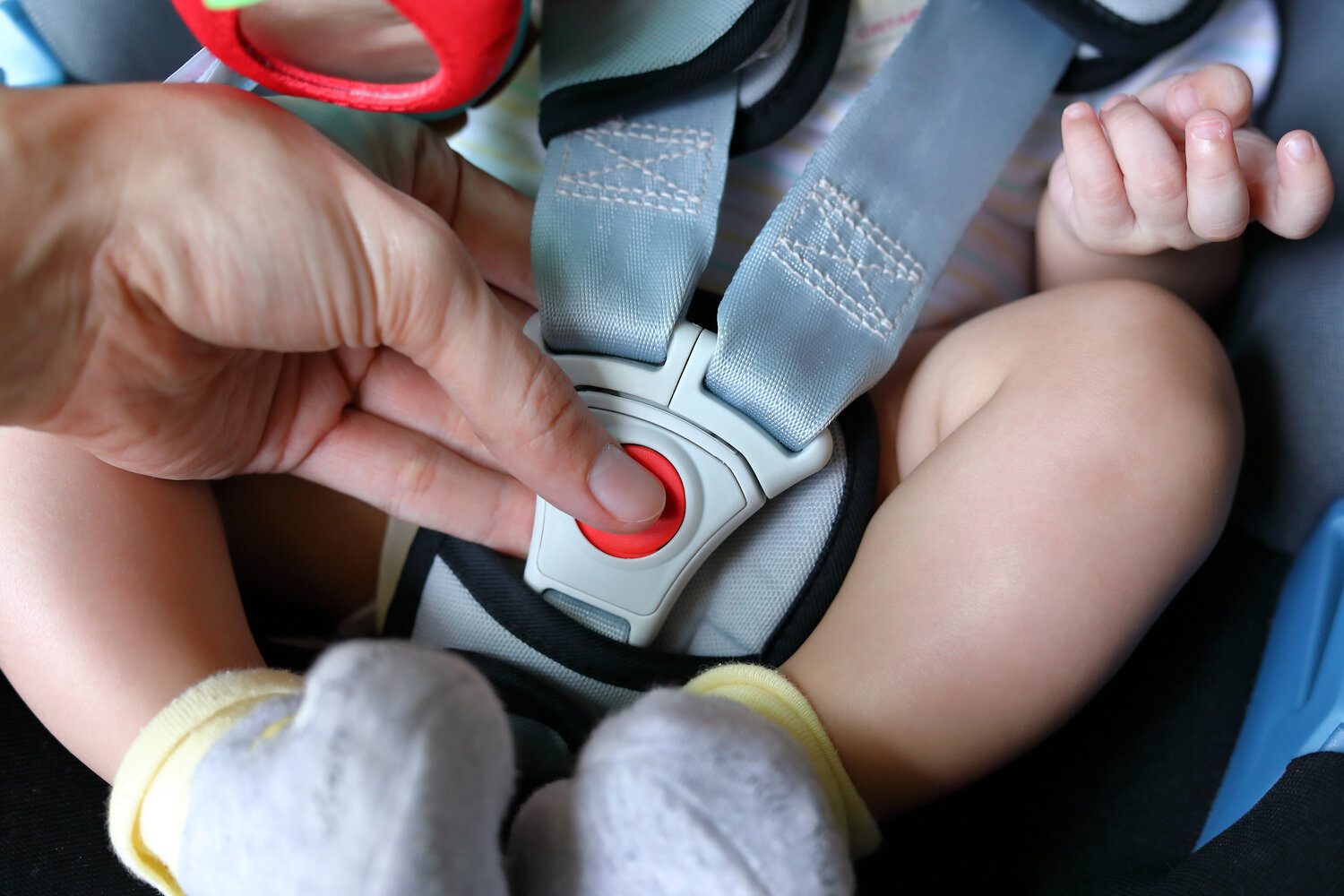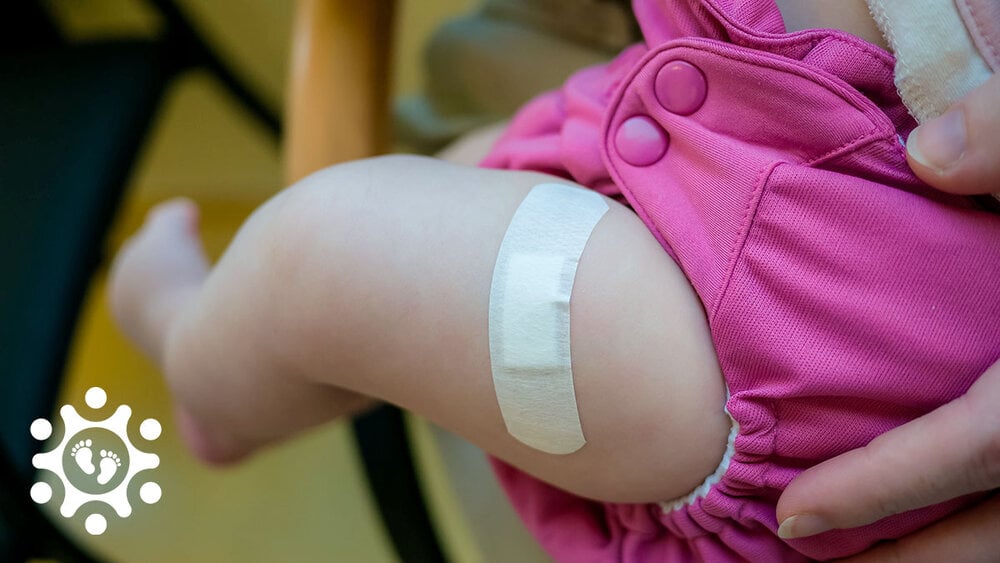Car Seat Safety Milestones

Many of us are familiar with the challenges of using a car seat, but the importance of doing so may be underrated. Motor vehicle accidents are the leading cause of death for children ages 1 to 13 in the United States and many of these deaths can be prevented by making sure that every child is buckled up in the age appropriate seat. Educating parents and caregivers on the safety of car seats is important to share and can save a life.
How do we choose the best car seat for our child as they grow?
There are so many car seats available for you to choose from, how do you know which is the best choice? According to the Center for Disease Control and Prevention, there are different car seats that are best for a child depending on their age and weight. Children, ages 12 and under, should always be in the back seat.
Rear Facing Car Seat (Birth to 2-4 years old)
Yes, 2-4 years old! You may be thinking that you thought it was ok for your child to be forward facing at 12 months, but that is NOT the case. The American Academy of Pediatrics (AAP) recommends that a child stay rear facing until the age of 2 or longer, depending on weight. The weight limit on many are 30 or even 40 pounds, and some convertible seats are even 50 pounds!
There is some confusion on when it’s ok to turn the car seat from rear facing to forward facing. The tag on your car seat can be very confusing to consumers. The government requires that they include wording on the label that states “Use only in rear-facing position when using it with an infant weighing less than 20 pounds” Some may easily believe that at this point, it’s ok to have the infant forward facing. That is not the case. What this really means is that children who are less than 20 pounds may never be forward facing. It’s the only position they are permitted to ride in. The consensus is that the longer a child can stay rear facing, the safer it is.
Forward Facing Car Seat (Until the age of 5)
Each car seat manufacturer has different requirements on height, weight and torso height. When one of these limits are reached, then it’s time to move from a rear facing seat to forward facing.
Booster Seat (Age 9-12 and 4’9”)
Booster seats are important for your child to use because until they reach the appropriate height, the seat belt in the vehicle does not fit them properly and could cause serious injury. In fact, children in a booster seat are 59% less likely to be injured in a crash than a child in the same age range who is only wearing a seat belt.
Seat Belt
Aside from height, there are four areas that share when it’s the right time to use only a seat belt.
-
The seat belt is able to rest between the should and the neck comfortably.
-
The shoulder belt crosses the center of the chest
-
Lap belt rests on the top of the thighs
-
Knees are able to be bent comfortably over the edge of the seat without slouching
For a list of approved car seats from the AAP, visit their website here.


